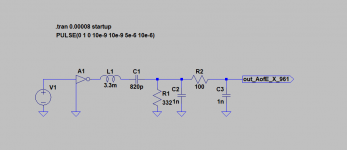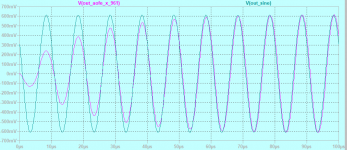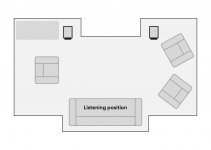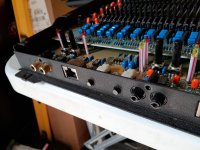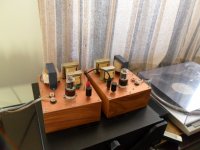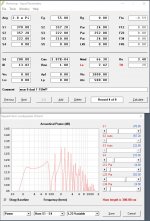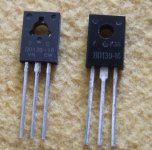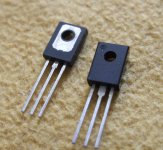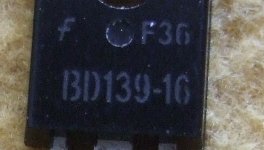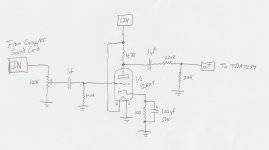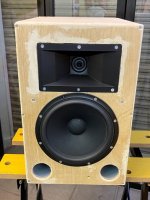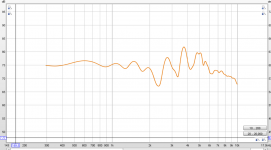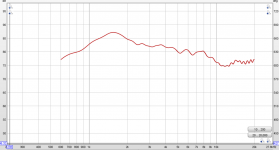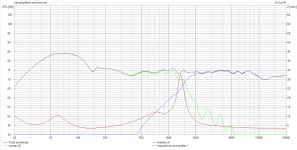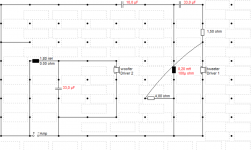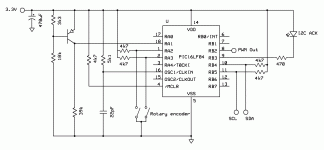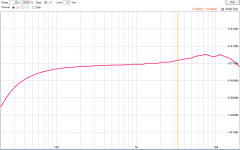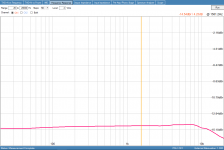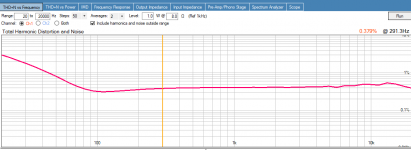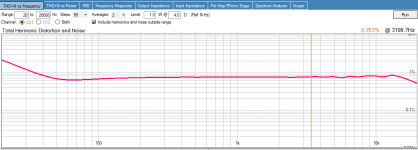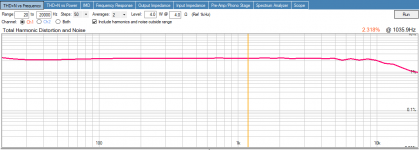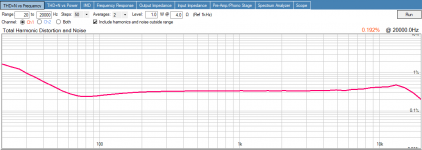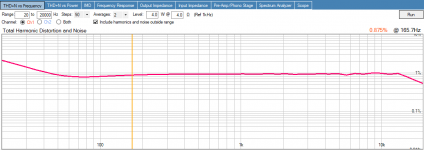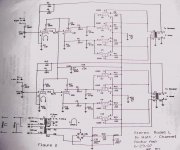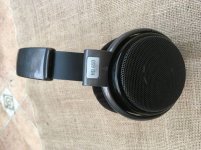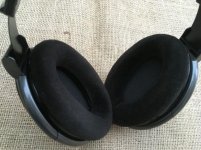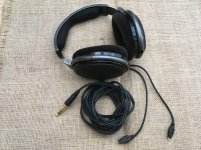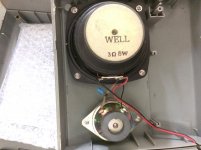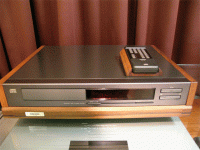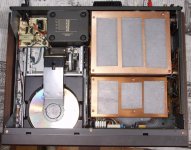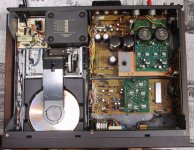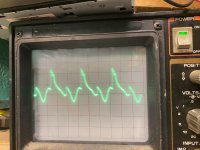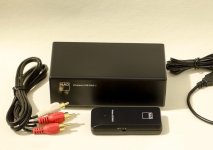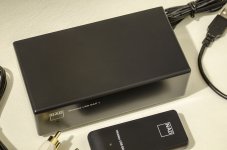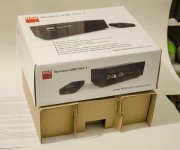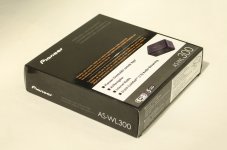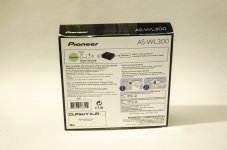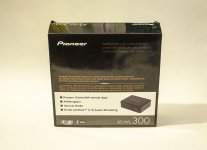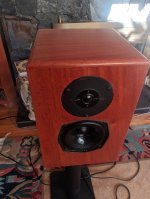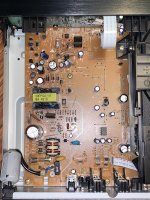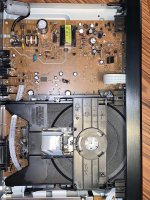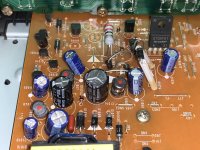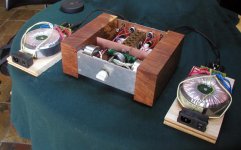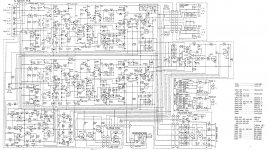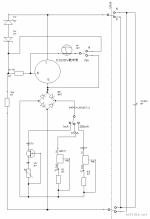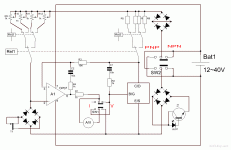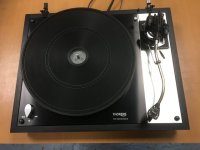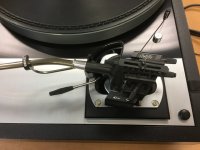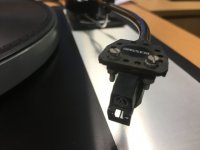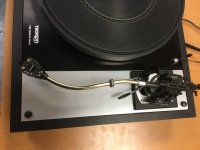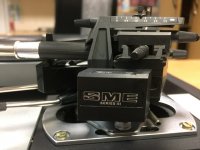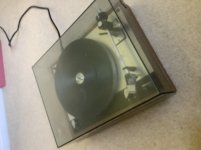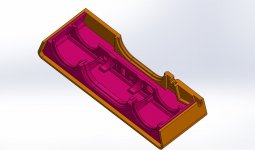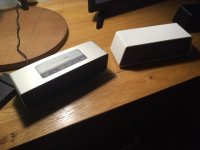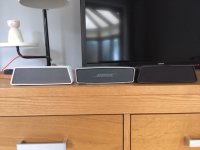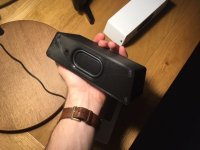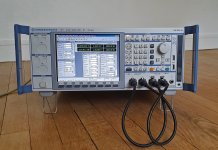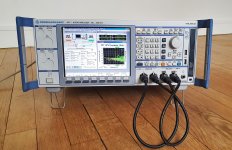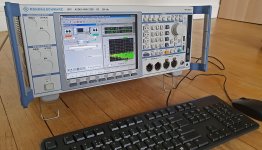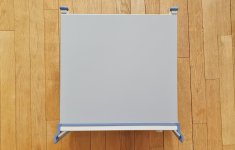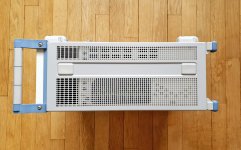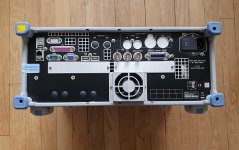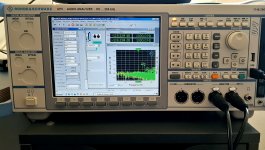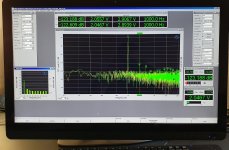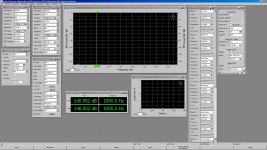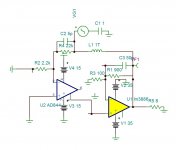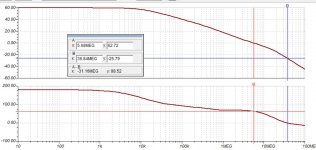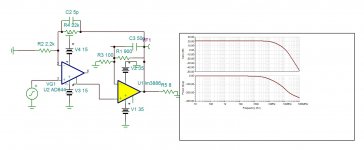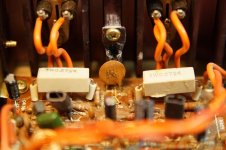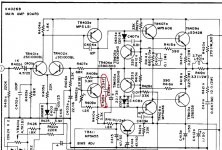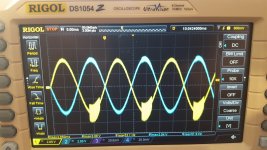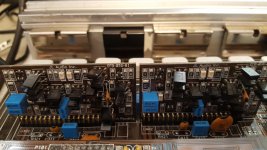Hi all! Haven't really been around in a while, but I'm getting back into hifi and I have a project I'm wanting to tackle and I'd love some input.
So I'm thinking about embarking on a labor of love to restore some speakers my dad gave me when I was 13 or 14. He bought these new, I'm assuming from Radio Shack circa 1978-1980, because he bought a Realistic receiver and turntable at the same time. They are a private label brand called Ultralinear and are basically a knock-off/clone of a JBL L100. They're not expensive speakers and don't sound fantastic, not then, not now, but I don't really care as they remind me of my dad. They're classic rock blasters.
The attached link is NOT of my actual speakers, just the same model.
Ultralinear 210w/o speakers (rare west coast style classics!) Saanich, Victoria
I replaced the rotted out drivers in 1994 or so with some no-name 12's I got from JC Whitney. They've been stored in my garage since the early 2000's and I think I can bring them back to life. I found another article online where a guy restored a set like these, but he just recapped the crossover.
Advice on fixing up Ultralinear speakers — Polk Audio
I'm planning on a little bit more, replacing all the drivers with some low-cost but quality components from Parts Express. Tell me what you think and if you've ever done this (or worked with these speakers before!) BTW, these are not my main speakers, I have a nice set of 1st generation early 80's Klipsch Heresys with a sub for that.
Specs:
Ultralinear 210 W/O speaker
Frequency response - 29 Hz to 21 kHz
Power - Min 10W RMS - Max 50W RMS (circuit breaker)
Nominal impedance - 8 ohms
System components:
12" foam-edge air-suspension low frequency driver
5" self-enclosed edge-treated mid-range transducer
1" ultra-wide dispersion soft dome high-frequency radiator
Crossover frequencies: 1400 Hz and 5000 Hz with front-mounted high frequency level control
Replacement parts:
New caps: Dayton Audio DMPC-30 30uF 250V Polypropylene Cap x 4 (5% MP), Dayton Audio DMPC-12 12uF 250V Polypropylene Cap x 2 (5% MP)
New tweeters: Dayton Audio DC25T-8 1" Titanium Dome Tweeter (x2), 8 ohms, 50 watts, 3 kHz - 20 kHz, 93 dB 1W/1m
New mid-range: Pyle PDMR5 5" Sealed Back Mid-range Speaker Driver (x2), 8 ohms, 100 watts, 450 Hz - 7 kHz, 92 dB 1W/1m
New low-frequency: Dayton Audio DC300-8 12" Classic Woofer (x2), 8 ohms, 80 watts, 25 Hz - 2,500 Hz, 90.3 dB 2.83V/1m




